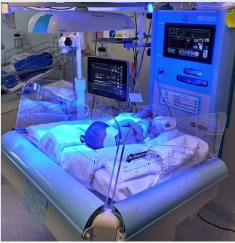The Tele-ICU Risks and Benefits
The tele-ICU model comprises intensivists and nurses, which depending on the respective hospitals. The number of staff depends on the hospital’s needs and resource limitations. To some level, healthcare centers outsource the service to other hospitals and independent corporations that support the system.
The ICU nurses provide nocturnal assistance to patients across the intensive care unit. Therefore, there are two staffing approaches for the tele-ICU: one is the hospital staff running their systems and outsourcing the services.

The intensivists and nurses require an off-site control system that provides real-time visuals, audio and exchange of patient data. The intensivists are key as they guide on-duty doctors and other care management teams on patient solutions.
Tele-ICU Benefits
The tele-ICU has enabled more than one approach that can assist in addressing the shortage of intensive care. The process helps to share patient data from the location to the command center, which is miles away. The main command control monitors the clinical care data and assesses the clinical conditions.
Telemedicine care units recognize any patient who has a worsening condition and notify the medical expert for intervention and stabilization.

The fast intervention would not be possible if the intensivists were not involved in real-time monitoring. Therefore, the team from the command center can communicate with the patient and on-site clinician’s teams who are connected to the same system.
The process provides a single offsite medical expert to cover many care centers. The use of qualified personnel in several sites increases the rate of efficiency and cuts costs. The process increases the rate of success cases and minimizes the mortality rate.
Tele-ICU Benefits
The system has problems if the equipment malfunctions and the standard of care is being delivered. The systems also fail to adhere to patient-doctor engagement, which is founded on confidentiality, care, trust and physical care. However, the clinicians operating the systems should be aware of the technology standards.

To avoid severe cases of failure, the medical personnel must be dependent on the involved risks. Besides, the medical practitioners ought to provide and stipulate the risks of the system for patient consent prior to application.
PHOTO CREDIT: GOOGLE.COM
WRITTEN BY: Amedicc.com